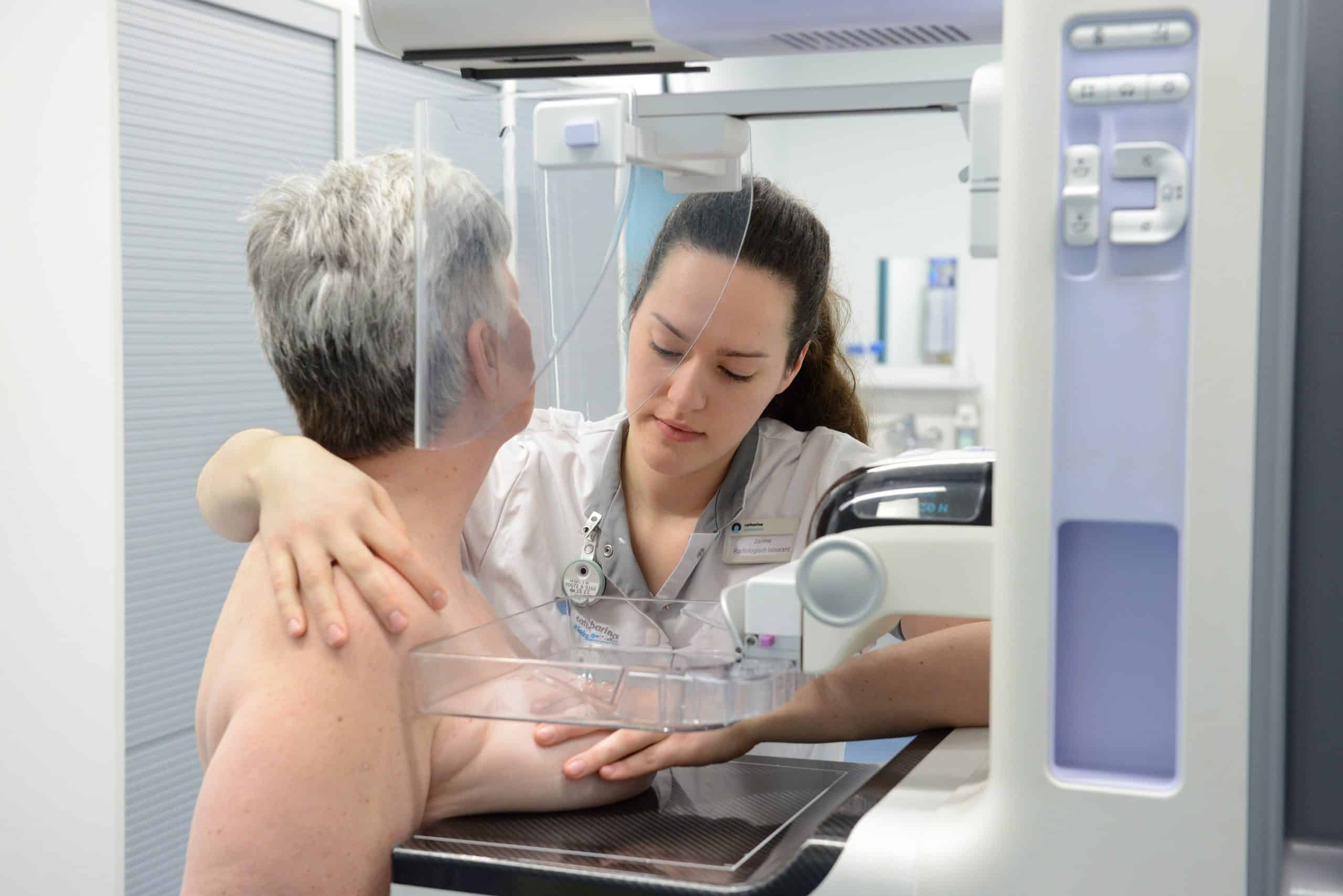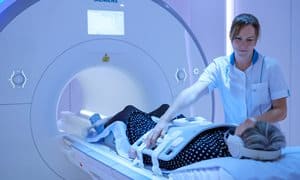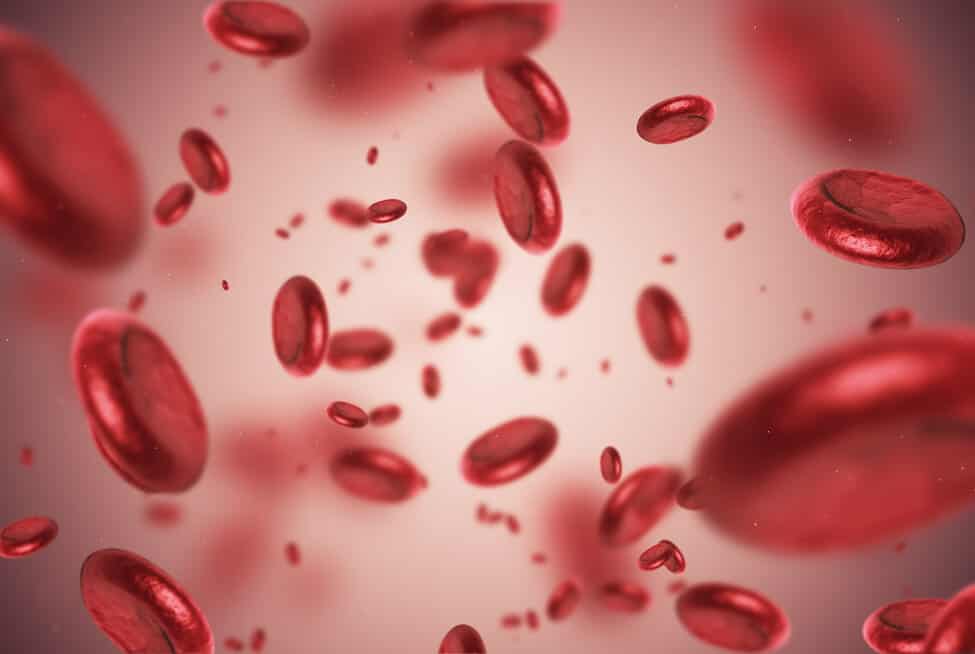
An ultrasound is a reliable first step when investigating local breast complaints such as a lump or sore. Large-scale Dutch research, coordinated by the Radboudumc, shows that a breast radiologist can almost certainly rule out breast cancer with an ultrasound. Radiologist Linda Appelman: “An important additional advantage is that we can immediately reassure four out of five women that they do not have breast cancer.”
Every year in the Netherlands, 70,000 women visit the hospital with a lump or swelling in their breast. They now receive a mammogram, an X-ray of the breast, as their first examination. Women often experience this examination as stressful because the breasts are compressed. This mammogram rarely leads to an explanation of the complaint, which is why an ultrasound is almost always performed at the site of the complaint to reach a diagnosis.
Why not do an ultrasound first and an X-ray only if necessary, breast radiologists Linda Appelman and Ritse Mann of the Radboudumc wondered. So they set up a large-scale study to find out. They reversed the imaging order in two thousand women with local breast complaints: first ultrasound and then mammography. Only specialized breast radiologists performed these ultrasounds, at Radboudumc in Nijmegen, Noordwest Hospital in Alkmaar and St. Antonius in Utrecht.
Reassuring
The study shows that ultrasound is very reliable: the technique can rule out breast cancer with 99.8% certainty. Four out of five women could already be reassured during the ultrasound. They only had a benign abnormality, such as a cyst. In one in five women, ultrasound did not yet give certainty. They were given follow-up tests, and half of them were eventually found to have some form of breast cancer.

Appelman sees great advantages of ultrasound for the patient: “A woman has direct contact with the radiologist and the lab technician. She can better explain and point out the complaint. The radiologist can immediately tell the cause of the complaint based on the images. If the images on the ultrasound are not suspicious, the woman can also be reassured immediately. In addition, ultrasound is not painful, and no X-rays are used.”
Resource
The question is whether ultrasound will replace the mammogram in the future. “I think the nature of the complaint, ultrasound images, age, and possible participation in population screening are important factors when considering whether to still have a mammogram. In many cases, it will not be necessary,” Appelman says. “A mammogram has added value mainly in breast cancer screening and when a doctor wants to look at both breasts completely when breast cancer is suspected.”
A disadvantage of ultrasound is that the breast radiologist checks only the part of the breast with the complaint. Checking both breasts completely with ultrasound is too much work. In 0.4% of the women in the study, the mammogram revealed (a preliminary stage of) breast cancer at a different location than the complaint’s. Appelman: “So these were chance findings, which would normally come to light during breast cancer screening or when complaints arise.”
The research team created a flow chart that indicates when follow-up testing is needed after the ultrasound. This tool takes into account age, population screening participation, complaint, clinical picture, and how clear the ultrasound is. “Do follow-up testing anyway when in doubt,” Appelman advises. “That could be a mammogram, but probably a biopsy will provide more clarity.” The applicability of the flow chart and the effect of actually omitting mammography will be investigated further.
Selected for you!
Innovation Origins is the European platform for innovation news. In addition to the many reports from our own editors in 15 European countries, we select the most important press releases from reliable sources. This way you can stay up to date on what is happening in the world of innovation. Are you or do you know an organization that should not be missing from our list of selected sources? Then report to our editorial team.







